The hearty Ginkgo is a marvel of nature’s endurance, tracing its roots back over 270 million years in China. Remarkably, a single Ginkgo tree can thrive for up to 3,000 years. As autumn approaches, the Ginkgo emerges among deciduous trees, transforming its distinct fan-shaped leaves from green to a radiant yellow, heralding the season earlier than most.
While its stature can be imposing, the Ginkgo is versatile, making it a suitable choice for various places. Its non-invasive roots mean it can flourish in confined areas, and its resilience to pollution, drought, salt, and pests makes it an excellent street tree. Requiring minimal care once established, the tree is both ornamental and functional, providing shade and aesthetic appeal.
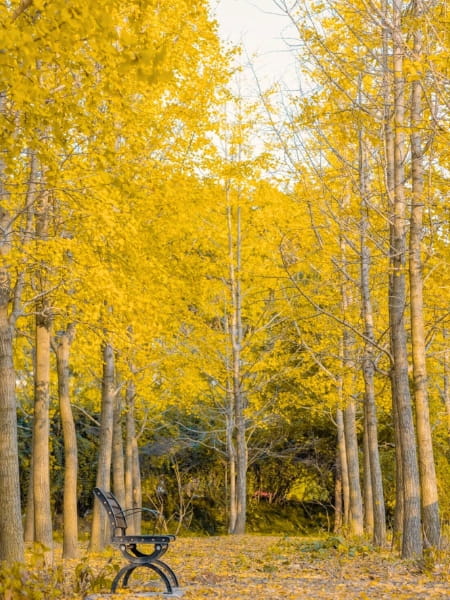
The Goldspire variant of the Ginkgo, known scientifically as Ginkgo biloba ‘Goldspire,’ is particularly noteworthy. Unlike its larger counterparts, the Goldspire maintains a compact size, reaching heights of about 15 feet, ensuring it remains manageable for most gardens while still showcasing the tree’s signature vibrant foliage.
Appearance
Ginkgo trees, while known for their beauty, are sometimes regarded as messy. This perception largely stems from the female Ginkgo, which sheds copious seeds carrying an off-putting aroma. In contrast, male Ginkgo trees are less troublesome, as they don’t bear fruit or emit any unpleasant smells.
The typical Ginkgo tree stands as a testament to grandeur, often soaring to over 80 feet when fully grown. Yet, the Goldspire variety is an exception to this towering stature. More compact, the Goldspire reaches an approximate height of 15 feet and spreads to a width of around 10 feet, making it a more modest presence in gardens and landscapes.
Growing and Care Conditions
Goldspire Ginkgo Tree The Goldspire Ginkgo tree is a versatile addition suitable for varied landscapes. Notably hardy, it can endure temperatures as chilling as -20 degrees and withstand both heat and drought. Ideally grown within USDA zones 4-9, the Goldspire thrives in almost any soil.
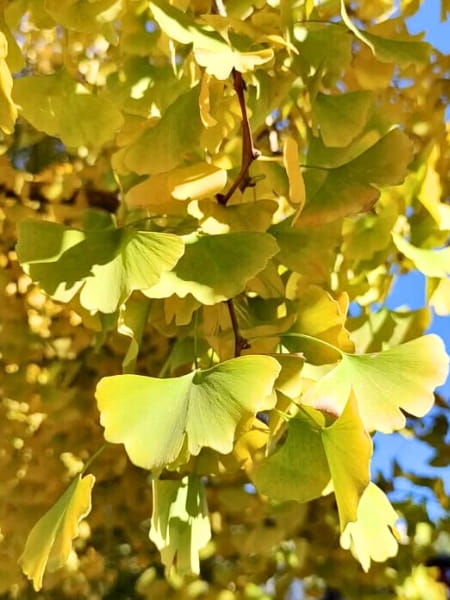
Its compact stature, reaching 15 feet in height and spanning up to 10 feet in width, makes it apt for urban streetscapes, parking areas, or residential gardens. The tree’s leaves transition from a summer green to a striking golden hue in the fall. Furthermore, being a male variety, it sidesteps the pitfalls of unpleasant odors and tedious cleanup associated with female Ginkgo trees.
Planting
While the Goldspire Ginkgo relishes full sun, it can adapt to partial shade, especially in hotter regions. For optimal growth and color in cooler areas, six or more hours of sunlight are ideal. The tree thrives best in well-draining soil but can also handle higher moisture levels than some other varieties.
Salinity, both airborne and in the soil, doesn’t deter its growth. To plant, dig a hole wider than the tree’s root ball and slightly shallower. Position the tree straight within the hole, backfilling with a mix of native soil and organic matter. An initial dose of water and nutrient-rich compost sets it on the path to thrive.

Light
Sunlight, be it full or partial, benefits this tree.
Watering
To foster a robust root system, young Goldspire ginkgo needs consistent watering. In warmer climates, a bi-weekly schedule during summer and every 3-4 days in cooler weather is recommended. It’s crucial not to over-saturate the soil; ensure the upper 1-2 inches dry out between waterings. Once mature, the tree primarily needs hydration during droughts. Mulching around the base aids in water conservation.
Fertilizer
In its early growth phases, a spring application of a balanced slow-release fertilizer, like a 10-5-5 or 10-10-10 blend, can enhance the tree’s vitality. However, as Ginkgos aren’t particularly nutrient-hungry, over-fertilization should be avoided.
Pruning
Once it has settled, the Goldspire requires minimal pruning to retain its shape. In its initial 3-4 years, a light shear in spring assists in cultivating dense branching. Pruning is best undertaken during dormancy, between late fall and early spring. Focus on removing any declining branches, and refrain from trimming the central part.
Pests and Diseases
While the Goldspire Ginkgo is fairly resilient, it can occasionally succumb to nematodes or root rot, the latter often stemming from overwatering.
Pollination
Wind typically facilitates the transfer of pollen between male and female Ginkgo trees. It’s worth noting that Ginkgos can take several years to reach reproductive maturity. As Goldspire is a male variety, it remains seedless and thus, free from the offensive odor associated with female Ginkgo seeds.
Maintenance
For the Ginkgo tree to flourish, it’s essential to ensure it’s planted in suitable conditions. While spring and fall present the best planting windows, avoiding extreme temperatures allows for flexibility in planting seasons based on the specific zone.
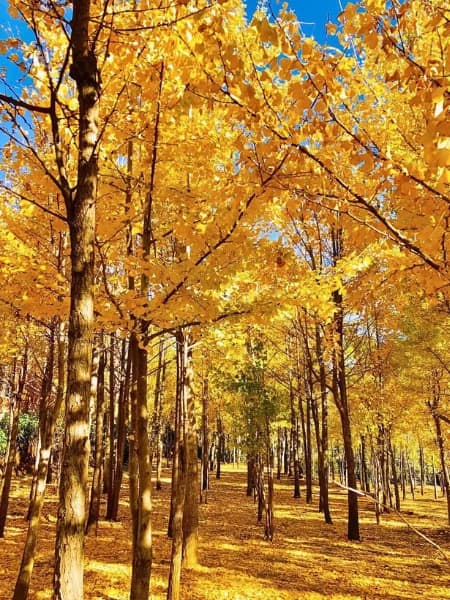
These trees prefer full to partial sunlight and thrive in well-draining soil. Remarkably adaptive, the Ginkgo tree can adjust to various soil types, including clay, provided it remains unsaturated. It also showcases resilience to diverse pH levels.
Mulching proves beneficial, especially in temperature extremes; it maintains root moisture during heat and offers cold protection. However, a mulch barrier of 2-3 inches is recommended, ensuring it doesn’t directly contact the trunk to minimize pest and disease risks. Once planted, water the Ginkgo deeply twice a week until it establishes and becomes drought-tolerant.
A slow-release fertilizer applied during planting or in early spring enhances growth. While Ginkgos typically don’t demand pruning, it can be done during dormancy to remove undesirable branches or shape the tree. Notably, their resistance to pollution, salt, pests, and diseases makes them exceptional choices for urban environments.
Root rot poses a rare but genuine threat to the Goldspire ginkgo variety. Prioritizing a planting location with excellent soil drainage minimizes this risk. The tree’s versatile nature means it can stand alone as a specimen or be part of a hedge, amplifying its landscaping appeal.
Uses
The Ginkgo tree is not just a tree; it’s a statement. Standing tall at 60 feet and spreading around 40 feet, it serves as a majestic shade provider. Whether placed individually or in clusters of up to three in outdoor spaces, or aligned in rows for driveway linings or backyard borders, it transforms landscapes.
When considering a shaded pathway or hedge, allocate at least 15 feet of space between each tree, guaranteeing optimal growth and a lasting impression. This tree not only beautifies spaces but also offers cooling shade, contributing to energy efficiency.
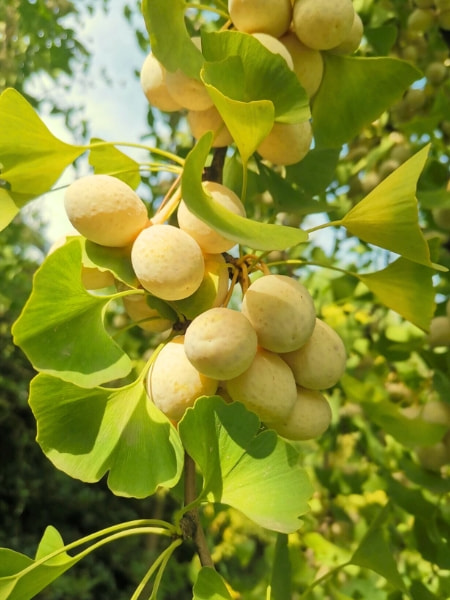
Why You Should Consider the Goldspire Ginkgo for Your Garden
The Goldspire Ginkgo, with its slender and pyramidal form, brings both function and beauty to gardens. Its vertical growth pattern allows it to rise without claiming much horizontal space, making it ideal for smaller gardens or tight corners. Imagine the possibilities: it could serve as a natural privacy barrier, a windbreak, or a visual centerpiece amidst other plantings.
Situated in urban environments or amidst suburban tranquility, this tree remains unfazed. Its deep green leaves not only create a striking contrast for neighboring plants but also stand resilient against city pollutants. By absorbing and filtering urban smog, the Goldspire Ginkgo delivers fresher air to your surroundings.
But the allure of this tree isn’t limited to its summer palette. As autumn approaches, the leaves transform into a radiant shade of golden yellow, becoming an eye-catching spectacle that invites admiration and curiosity. This fall brilliance can especially shine when positioned where the sun’s rays highlight its colors during sunrise or sunset.
Your garden would no doubt be the talk of the town, with neighbors and visitors compelled to inquire about this golden marvel.
One of the understated advantages of the Goldspire Ginkgo is its male nature. Unlike its female counterparts, it does not produce the often off-putting scent associated with ginkgo fruits. This ensures that the beauty of the tree comes without olfactory compromises.
The Goldspire Ginkgo’s adaptability is another feather in its cap. Whether faced with the chilly winds of the North or the scorching heat of the South, this tree stands tall, exhibiting drought resistance and a tenacity against pests and diseases. Such hardiness, combined with its growth rate of approximately 2 feet per year, ensures that in no time, you’ll have a mature tree gracing your garden.
Moreover, the tree’s longevity is nothing short of remarkable. While certain cultivated varieties might not mirror the lifespan of wild ginkgos, the possibility that a single tree could witness centuries or even millennia is awe-inspiring.
Conclusively, the Goldspire Ginkgo isn’t just another tree; it’s a testament to nature’s artistry and endurance. Whether you’re seeking to enhance the aesthetics of a small yard, define borders, or simply introduce a piece of living history into your space, this tree promises to deliver on all fronts.
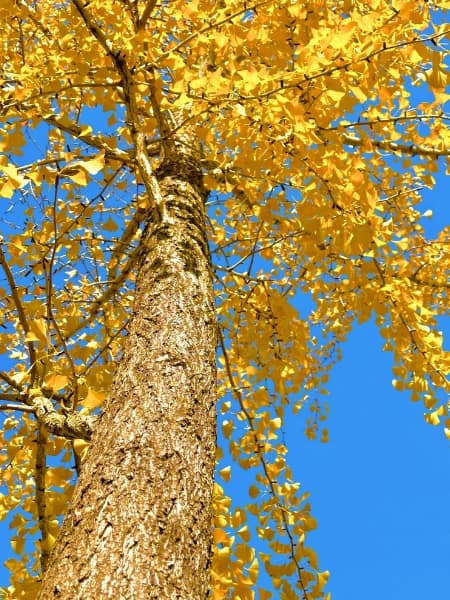
FAQs
What makes the Goldspire Ginkgo ideal for smaller gardens or tight spaces?
The Goldspire Ginkgo grows in a slender and pyramidal form, allowing it to rise vertically without taking up much horizontal space. This makes it perfect for gardens with limited space or for places that need a tall, narrow tree.
How does the Goldspire Ginkgo contribute to improving air quality in urban environments?
The deep green leaves of the Goldspire Ginkgo are resistant to city pollutants. The tree absorbs and filters urban smog, delivering fresher and cleaner air in its surroundings.
Why is the Goldspire Ginkgo’s autumn appearance so notable?
In the fall, the tree’s leaves transform from a deep green to a radiant shade of golden yellow. This brilliant color, especially when backlit by the sun during sunrise or sunset, makes the Goldspire Ginkgo a visually stunning addition to any garden.
Do Goldspire Ginkgos produce the off-putting scent associated with some ginkgo trees?
No, the Goldspire Ginkgo is a male variety, meaning it does not produce the malodorous fruits that female ginkgos are known for. This ensures a pleasant olfactory experience in gardens where it’s planted.
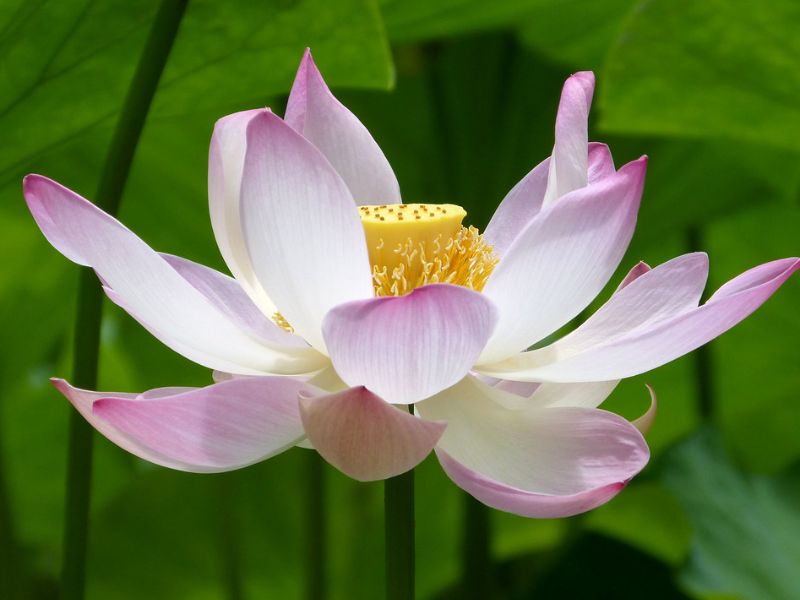
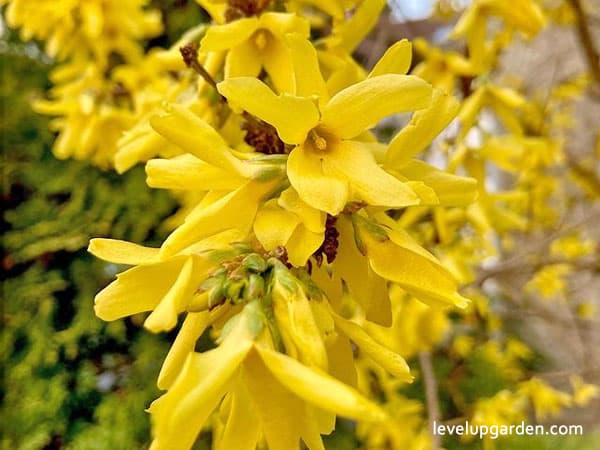






Leave a Reply